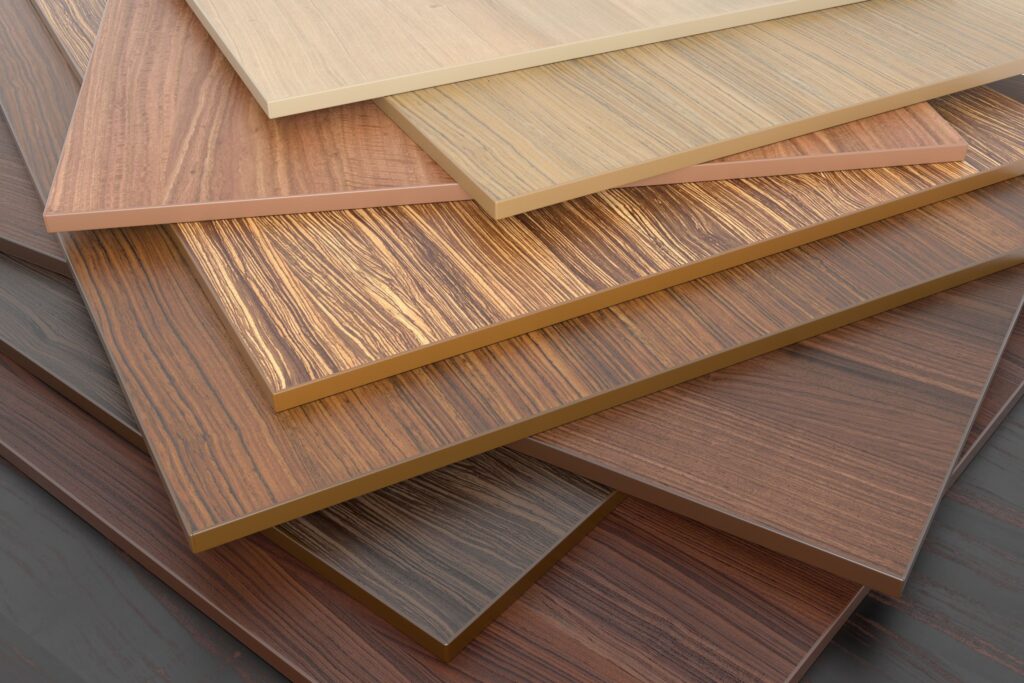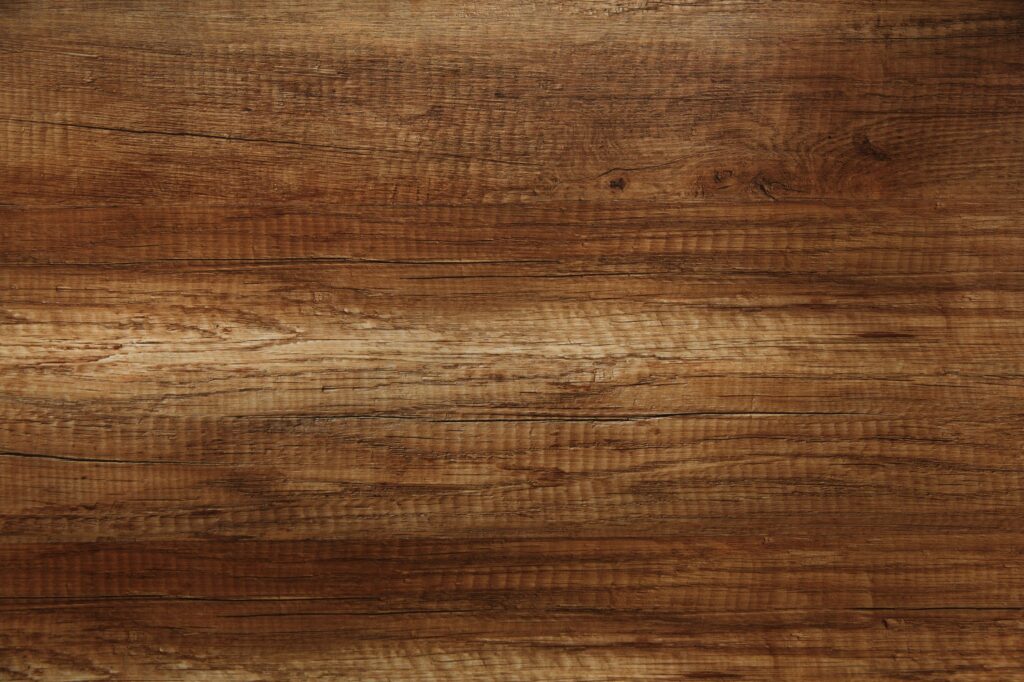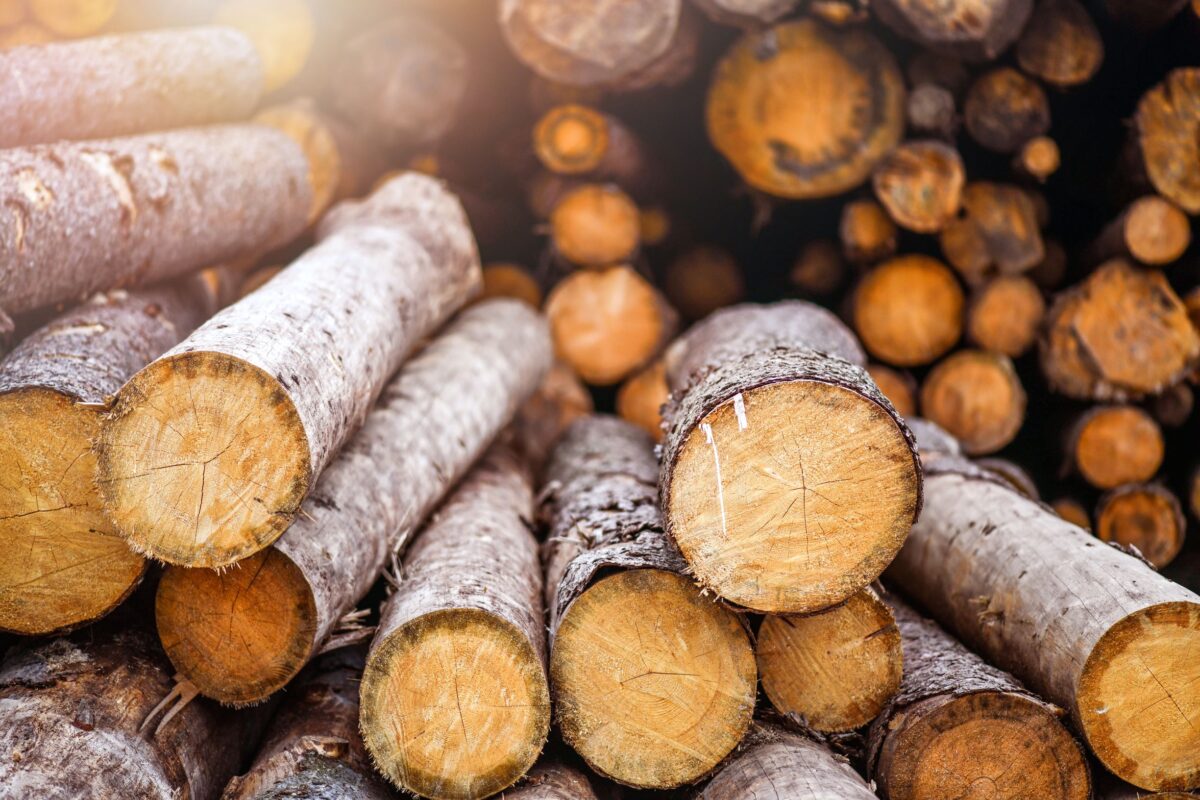If you are looking for hardwood flooring that will last for a lifetime, the hardness of the wood is something you must consider. Wood species are not the same. They vary in form, texture, and durability. Some are tough, others are soft. But how can you identify which wood species are tough enough to withstand the test of time? How will you determine the hardwood flooring hardness scale? Can you really quantify the hardness of the wood material you choose? In today’s blog, let’s find out how the lumber industry provides specific standards in ranking a wood’s hardness rating.
Does Hardwood Flooring Hardness Scale Matter?
Many believed that the hardness of wood species directly affects the lifespan of the hardwood flooring. The harder and tougher your wood flooring, the longer its lifespan. To quantify each hardwood flooring hardness scale, the wood industry created a parameter called the Janka Hardness Scale. Invented by Gabriel Janka in 1906, the Janka test determines how resistant a particular type of wood to wear or dents, and how dense it is. In 1927, it was standardized by the American Society of Testing and Materials, or ASTM, to measure how much force is required to push a little steel ball into the hardwood. The higher the rating, the stronger and harder the wood is.

What Do These Ratings Mean To Me?
Knowing the hardwood flooring hardness scale provides you an idea of whether your hardwood will stand for a longer period of time or quickly give in to the usual wear and tear over time. The test itself measures the resistance of wood species to denting and wear, so you will be able to compare and choose the best wood species for your home.
What Affects The Hardness Of Your Hardwood Flooring?
The major element that impacts the hardness of your hardwood flooring is the hardness of the wood species you will choose. Understand that wood comes from a natural source, and no manufacturer or builder can influence the hardness, durability, and density of wood species. That is why a hardwood flooring hardness scale is important to know how your floor can stand up so well through the years. The Janka rating helps you identify the right wood material for your flooring.
How Do You Measure The Janka Hardness Scale?
The hardwood flooring hardness scale starts at zero. Although no wood has zero ratings, it is the lowest and the softest. If the wood has a low Janka rating, you can expect that the hardwood flooring will easily scratch or dent. On the other hand, the highest Janka rating is 4000. With this rating, the wood is extremely hard, making it difficult to nail or saw; hence, this is normally not recommended in hardwood flooring. Brazilian Walnut or Ipe is one of the hardest wood species with a rating of 3680. This type of wood is ideal for furniture, deck, and floor. And because it is dense and hard, most Ipe floor products are predrilled.
What Makes A Good Or Bad Janka Rating?
The Janka wood rating does not claim that a particular wood type is superior to the others. There is no good or bad rating as it can only provide homeowners an idea of the hardness and strength of the wood species, so they can make the right decision. For wood flooring options, the standard Janka scale is 950 or above. However, you should always consult a professional hardwood flooring contractor for better recommendations and options.
What Are The Janka Hardness Ratings Of Wood Species?
To have a better idea of which wood material is best for your home, here are the basic hardness ratings of different wood species used in flooring.

| WOOD SPECIES | JANKA RATINGS |
| Douglas Fir | 660 |
| Southern Yellow Pine, Shortleaf | 690 |
| Southern Yellow Pine, Longleaf | 890 |
| Black Cherry | 950 |
| Teak | 1000 |
| Black Walnut | 1010 |
| Heartpine | 1225 |
| Yellow Birch | 1260 |
| Red Oak | 1290 |
| American Beech | 1300 |
| Bamboo | 1307 |
| Ash | 1320 |
| White Oak | 1360 |
| Australian Cypress | 1375 |
| Hard Maple | 1450 |
| Wenge | 1620 |
| African Padauk | 1725 |
| Hickory | 1820 |
| Pecan | 1820 |
| Purpleheart | 1860 |
| Taun (Malaccan Cherry) | 1900 |
| Jarrah | 1910 |
| Merbau | 1925 |
| Santos Mahogany | 2200 |
| Mesquite | 2345 |
| Brazilian Cherry | 2350 |
| Brazilian Pecan | 3540 |
| Cumaru | 3540 |
| Red Cumaru | 3640 |
| Brazilian Ebony | 3585 |
| Brazilian Walnut (Ipe) | 3680 |
| Patagonian Rosewood | 3840 |
Which Wood Species Would You Choose?
As mentioned earlier, there is no such thing as a good or bad rating when it comes to choosing the right wood species for your flooring. Depending on your preferences, each wood type has its unique qualities. You may also want to ask a professional hardwood flooring contractor to help you identify what you need, so you can pick the best wood species.

If you are planning to install hardwood flooring on a low foot traffic area like your bedroom, you can opt for wood species with lower Janka ratings such as Black Walnut and Pine. These wood types can still add style and warmth to your home.
On the other hand, if your main goal is to put wood flooring in high foot traffic areas such as living rooms and commercial spaces, you need something with higher Janka wood ratings such as Hickory, White Oak, and Ipe. These wood species can stand up so well to high traffic and withstand the usual wear and tear over time.
Depending on the choices you make, always remember that you need to consider the area where you want to install your hardwood flooring. While it is true that all hardwood floors will eventually wear and dent through the years, it pays to know which wood options are right for your floor.
Where Does Bamboo Rank On The Scale?
Bamboo is one of the most durable and tough flooring materials in the market today. Looking at the Janka hardness scale, it normally ranks at the strongest end of the spectrum. While the standard bamboo has a rating of 1307, premium bamboo flooring products have Janka ratings between 3800 and 4000. If you are planning to install bamboo flooring in your home, feel free to contact a professional flooring contractor near you.
Where Does Oak Wood Rank On The Scale?
One of the most popular wood species for flooring is oak. When it comes to hardwood flooring hardness scale, red oak has a rating of 1290, while white oak has a 1360 Janka rating. What makes oak popular and special is its abundance and affordability. It is readily available in the market and can be an excellent choice for your home.

Where Does Engineered Wood Rank On The Scale?
Looking at the Janka hardness scale, you will notice that engineered wood is nowhere to be found. This is because the hardness of engineered wood cannot be measured accurately using the Janka scale. Engineered wood products are made up of layers of the inner core (mostly plywood) and a thin veneer layer (normally solid hardwood). These layers make the engineered wood flooring sturdy and long-lasting. However, little information is gathered to determine if engineered wood can fit into the scale because the materials used can vary from one brand to another. So, if you plan to install engineered wood for your flooring, do not use the Janka hardness scale as a deciding factor.
What Are The Factors That Can Influence Hardwood Flooring Hardness Scale?
While the Janka hardness scale provides a general guideline in comparing the durability of different wood species, there are some other factors that can affect the hardness and resistance of your hardwood flooring. Let’s take a look at each factor.
Texture
Textured hardwood flooring is a great way to hide scratches and dents. But aside from masking the effect of daily foot traffic, textured hardwood floors are much harder and more durable than their smooth counterparts of the same wood species. The process of creating a textured wood product removes some portions of softwood grains and leaves more hardwood grains.
Wood Grain Direction
The direction of the wood grain also affects the hardness of your hardwood flooring. For example, a quarter sawn red oak is much more durable and harder than the grain of a flat or normal red oak.
Wood Finish
One of the most important factors that influence the durability of hardwood flooring is its finish. The quality of wood finish you apply on your hardwood floor determines how your floor can stand up so well to high foot traffic and usual wear and tear over time. If you’re in doubt as to which wood finish is right for your hardwood floor, don’t hesitate to ask a local hardwood floor contractor near you.
Maintenance
Even the hardest wood species need proper maintenance to keep them in pristine condition and make them last for a lifetime. If you won’t take care of your hardwood flooring, it does not matter how soft or hard it is. To make sure that your hardwood floor remains stunning, regular upkeep and cleaning are still necessary.
Final Thoughts
While the Janka hardness scale is a great indicator to identify what wood species might suit well for your hardwood flooring, it is not always everything. When it comes to choosing hardwood floor products, you must also consider other variables such as wood finish, texture, grain direction, to name a few, so you can make the right decision. This way, you will end up installing hardwood flooring that can last for decades. However, if you are in doubt as to which wood flooring options to choose from, feel free to connect with us. Carpet Ready is here to help you decide what is best for your flooring needs.

